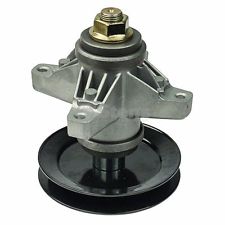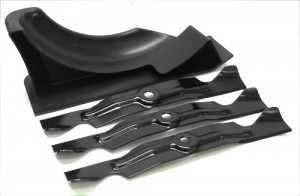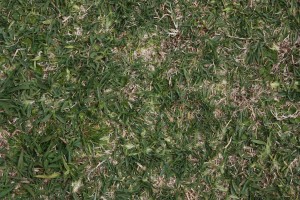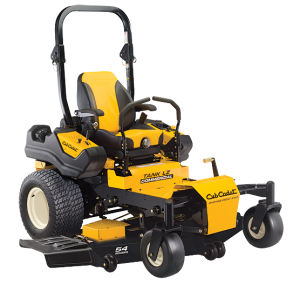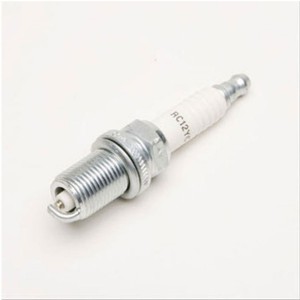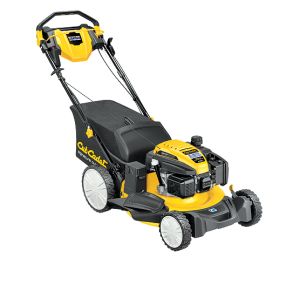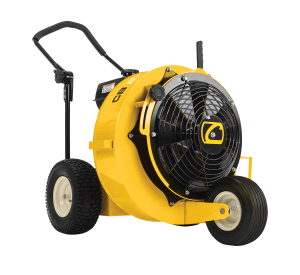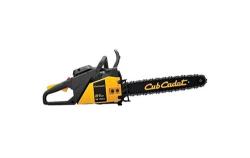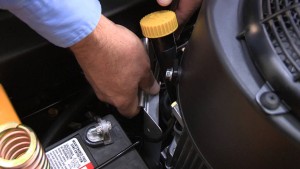 Due to the use of pressurized lubrication systems, filters, and unique mounting setups, oil changes on a Cub Cadet ZTR require different techniques from an oil change on a regular riding or walk-behind mower. These tips will help you do the job the right way so you can get more hours out of your mower’s engine.
Due to the use of pressurized lubrication systems, filters, and unique mounting setups, oil changes on a Cub Cadet ZTR require different techniques from an oil change on a regular riding or walk-behind mower. These tips will help you do the job the right way so you can get more hours out of your mower’s engine.
When Should I Change the Oil?
Oil change intervals can be found in the engine owner’s manual, but keep in mind that these recommendations are the most minimal requirements in ideal conditions. If you mow in dusty areas, fine dust particles can make their way into the oil, accelerating engine wear. Changing the oil more frequently can keep this dirt out of the lubrication system, helping the motor last longer.
Can’t find the manual? Cub Cadet, Kawasaki, and Kohler all have engine manuals online that you can download.
What Oil Should I Use?
Again, check the owner’s manual: small revisions to an engine can change recommendations, and you may need a different oil depending on the temperatures you’ll experience while using your mower.
Currently, conventional oil meets all the manufacturers’ requirements for these engines. Synthetic oils can be used in Kohler engines if that oil is changed at the same intervals as conventional oils. The company recommends using conventional oil for the first 50 hours if the engine is new or has been rebuilt.
Preparing the Mower
Park your mower on a flat, level surface. Some engine manufacturers recommend changing the oil when the engine is up to temperature to remove as much of the oil as possible, while others recommend letting the motor cool to prevent the possibility of burns. You’ll need to use your judgment here, but if you do plan on working on a hot engine, be sure to wear some protective gloves. Even if you don’t get near the fins or muffler, the drain plug can still be very hot.
To prevent the mower from rolling or starting accidentally, remove the ignition key, disconnect the wires from the spark plugs and engage the parking brake.
Clean the area around the dipstick before pulling it out of the engine to prevent grass and debris from falling into the crankcase. Removing the dipstick will let air enter the top of the crankcase, helping oil flow out of the drain hole.
Oil Draining Options
Usually, the oil is drained by removing a drain plug and letting the oil flow into a drain pan. However, there are two other ways to get the oil out that will reduce cleanup:
Cub Cadet makes pump kits that work with any engine. The pump fits over the filler neck, pulling the oil out of the crankcase and pushing it through a tube. This means there’s no need to bend down or crawl under the mower to reach the plug.
Kawasaki offers a drain valve and hose kit that fits in place of the drain plug. This hose clips to the side of the engine then is let down when it’s time to change the oil. This lets the oil drain outside the frame, making it easier to get the used oil into a drain pan.
Drain Plugs on Kawasaki Engines
Some of these engines will have an O-ring on the drain plug which needs to be replaced every oil change. Dripping a little clean oil onto the plug will make installation easier and ensure a tight, leak-free fit.
Replacing the Oil Filter
On Kawasaki engines, the new oil filter should be pre-filled with oil before installation. Turn the filter ¾ of a turn once the seal is touching the engine.
On Kohler engines, the new filter should be pre-filled with oil, then allowed to sit with the filter opening pointing up for a couple minutes to let the filter medium absorb the oil before installation.
Post Oil Change Check
Run the engine for three minutes at low idle and check for leaks around the engine. Shut off the motor and check the oil level after a few minutes to make sure it’s at the correct level.
Getting the Parts and Accessories You Need for an Oil Change
Cubparts.com is a certified dealer for Cub Cadet, Kohler, and Kawasaki, so we have everything you need for your ZTR including parts, accessories, and oil. Have an older mower with a Tecumseh or Yanmar engine? We have parts for those, too. We ship anywhere in the U.S. and Canada.

